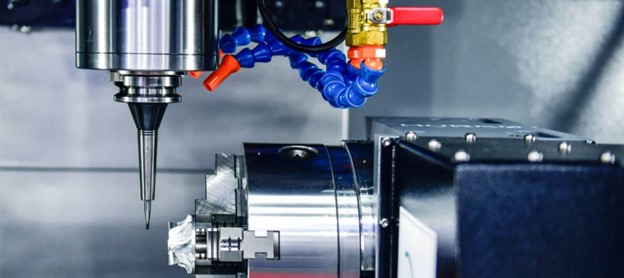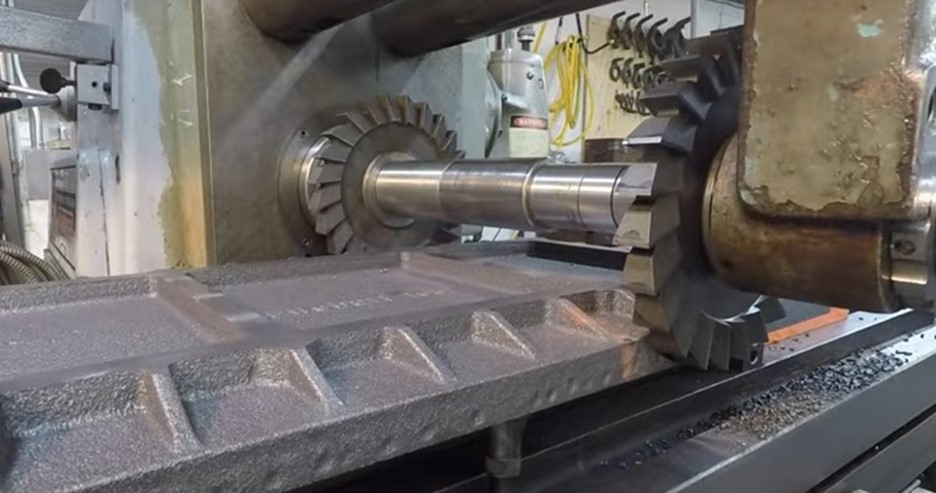

The process begins with roughing out the basic shape of the gear, focusing on removing large amounts of material quickly but without the final details. Following this, the finishing stage involves precision cutting, where the cutters are selected based on the specifics of the gear, varying between operations whether creating simple spur gears or more complex herringbone gears. Each type requires a unique approach to effectively mesh the gears together smoothly.
The movable table on vertical models of gear cutters provides the flexibility needed to handle different gear sizes and shapes. For example, the table adjustments for spur gears are straightforward, while more complex gears might require additional setting adjustments on the gear cutting machine. The final steps include rounding off and butting ends to ensure a fine finish, crucial for the gears’ functionality when they need to mesh seamlessly without excess wear. This fine finish not only enhances the product’s durability but also its efficiency.
Incorporating design elements such as proper wall thickness is essential in achieving reliable and functional gears. Attention to these details ensures not only structural integrity but also long-term performance.
Stationary stand models play a critical role in situations where stability is crucial during the cutting of heavier or larger gears. This stability ensures precision in the cutting process, essential for maintaining the exact number of teeth and tooth profile according to the gear design.
Straddle milling, another method within specialized milling operations, focuses on creating parallel vertical surfaces on a workpiece in a single pass. This process involves using two milling cutters mounted on the same arbor, allowing both sides of the workpiece to be machined simultaneously. The efficiency of straddle milling is evident as it ensures precise dimensions are achieved quickly compared to separate passes on each side.
Setting up for straddle milling requires precision. The milling cutters must be spaced on the arbor with an exact gap to match the required width of the section being milled. The setup includes an indexing fixture or a vertical swivel vise to secure the workpiece and allow for meticulous adjustment. This configuration impacts the uniformity and accuracy of the finished product and is particularly advantageous in large-scale manufacturing settings where time and precision are paramount.
Profile milling excels in shaping complex contours on a workpiece, from simple 2D profiles to intricate 3D geometries. Utilizing milling cutters designed for profile milling, such as ball nose end mills and radius concept cutters, this method is effective in crafting convex and concave shapes. The multi-axis capability of the equipment allows for movements that enhance the precision of the cut and enable complex geometrical designs.
The process typically begins with roughing, where large amounts of material are removed. This is followed by semi-roughing, finishing, and sometimes super-finishing, ensuring the workpiece achieves a precise end state. This graded approach maintains the integrity of the milling cutters and ensures that the final product adheres to the desired dimensions and surface quality. For parts requiring additional finishing, processes like how print on plastic can add branding or instructional marks for usability.
Gang milling is a fundamental technique in modern manufacturing, effective in machining multiple surfaces of a workpiece simultaneously. This method uses an assembly of cutters of varying diameters on a single arbor, enabling multiple cuts in one pass. Gang milling is critical in the production of complex parts, where uniformity across multiple dimensions is crucial.


When designing for gang milling, features such as injection molding gate locations might also be considered for components that require additional processes after milling. Proper planning ensures that the workflow remains efficient while accommodating downstream operations.
By incorporating new methods within this established technique, gang milling continues to evolve as a fundamental part of modern manufacturing, pushing the boundaries of what can be achieved in milling operations. This specialized milling process not only optimizes the workflow but also supports the creation of components with complex designs, increasingly demanded in industries like aerospace and automotive.